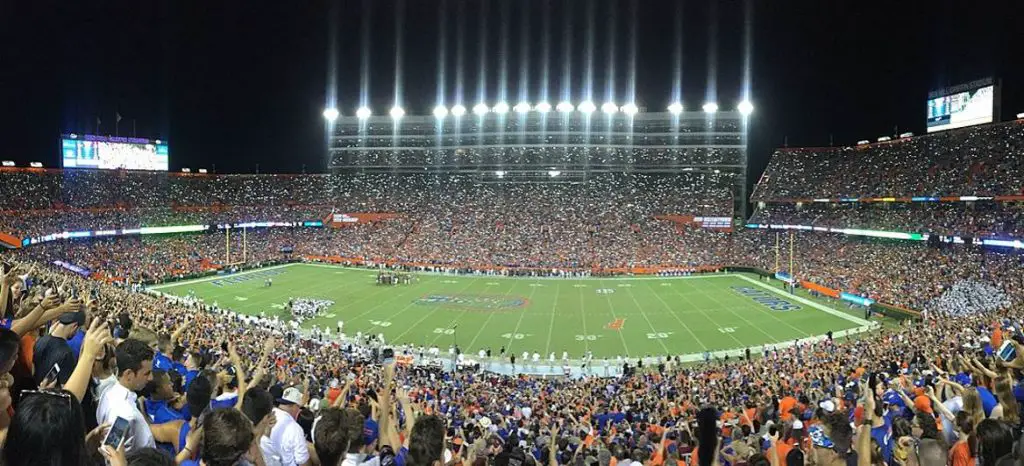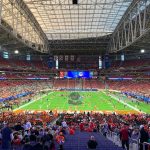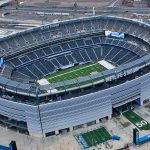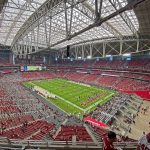Very few stadiums in the US are as imposing as this amazing arena in Florida. The location of the stadium has earned it the nickname “The Swamp.”
It’s one of the many stadiums in the country that are located on the campus of a university, and it’s fair to describe it as one of the most impressive ones.
Let’s take a closer look at some of the most interesting facts about the Ben Hill Griffin Stadium, one of the largest stadiums in the world.
1. It’s located on the campus of the University of Florida in Gainesville
Ben Hill Griffin Stadium is officially known as “Steve Spurrier-Florida Field at Ben Hill Griffin Stadium” but is commonly referred to as “The Swamp.”
It’s located on the campus of the University of Florida in Gainsville, the biggest city in North Central Florida.
The city has over 141,000 inhabitants and about 340,000 people live in the Gainsville Metropolitan area.
The stadium is located in the northern part of the huge campus of the 4th-largest University in the United States.
The oldest part of the campus is called the “University of Florida Campus Historic District” and is located just east of the stadium.
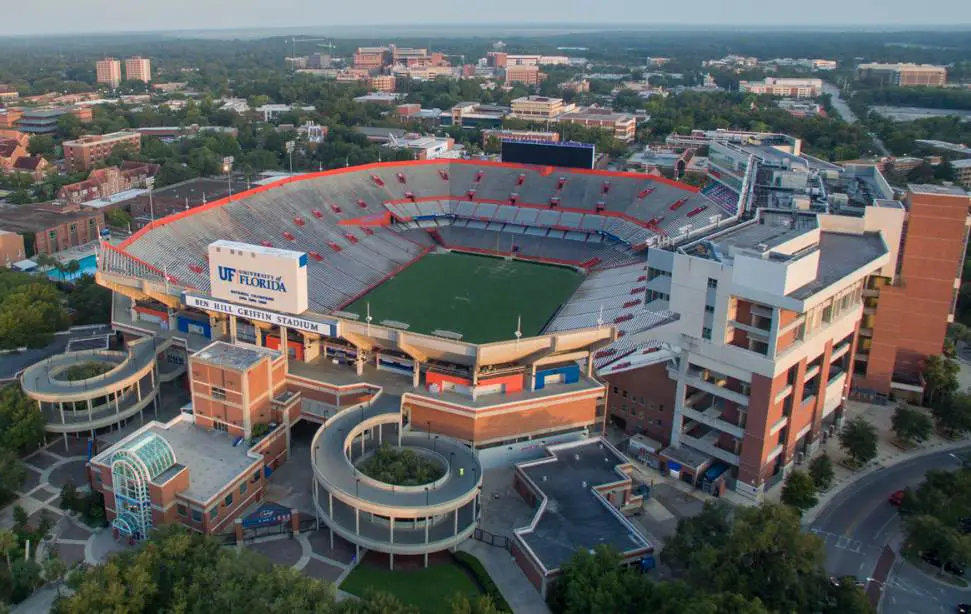
2. The stadium has been the home of the Florida Gators football team since 1930
The stadium is the home venue of the Florida Gators football team, representing the University of Florida. It has been since the original version was completed in 1930.
The football team is much older because it was established along with the university in the year 1906.
Today, the team competes in the Football Bowl Subdivision (FBS) of the NCAA and the Eastern Division of the Southeastern Conference (SEC)
They have been quite successful as well with 3 national championships (1996, 2006, and 2008) and 8 Southeastern Conference championships (1991, 1993, 1994, 1995, 1996, 2000, 2006, and 2008).

3. The stadium was constructed to replace a much older venue
What’s remarkable about the Gators is that between their establishment in 1906 and 1911 they didn’t play games at the campus of the University of Florida.
Instead, they played games at a municipal park near downtown Gainesville called “The Ballpark.” They moved to a newly established stadium on the campus in 1911 which was called University Athletic Field.
The first bleachers were installed in 1915 and this initial stadium was renamed Fleming Field in honor of one of Florida’s former governors.
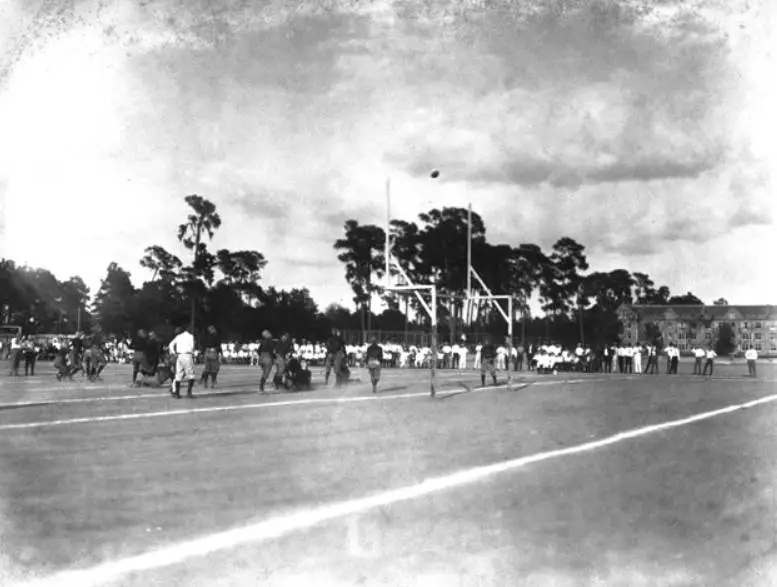
4. It was initially called “Florida Field” and was completed in 1930
Fleming Field could only accommodate about 5,000 spectators, and this included standing places. By the 1920s, this was becoming seriously outdated and plans to build a new stadium were made.
The Great Depression didn’t help and the University of Florida Athletic Association was established to raise funds.
$118,000 was raised and a horseshoe-type stadium called “Florida Field” was erected which could seat 22,000 spectators.
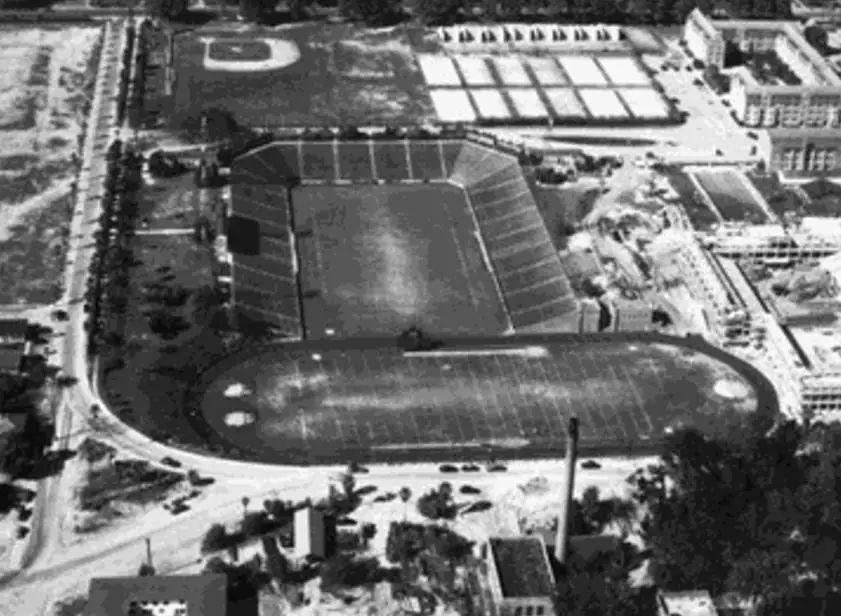
5. Ben Hill Griffin Stadium is nicknamed “The Swamp” for a good reason
Construction of the new stadium started on April 16, 1930, and the problems started piling up due to the conditions of the construction site.
The stadium was constructed in a typically swampy area of Florida and partially in a ravine. Draining the water out of there was pretty complicated.
The first 30 rows of the stadium’s seating area are located below the ground level of the surrounding land. An unknown underground stream started filling the construction site shortly after work had started.
The problem was solved when two canals were dug to divert the water to Graham Pond about two blocks south of the stadium.
The first game at the stadium was played on November 8, 1930, against Alabama. Several other games of the 1930 season were still played at Fleming Field.
One of the most interesting facts about Ben Hill Griffin Stadium is that it wasn’t dubbed “The Swamp” until former football player and coach Steve Spurrier referred to it as such in 1992.
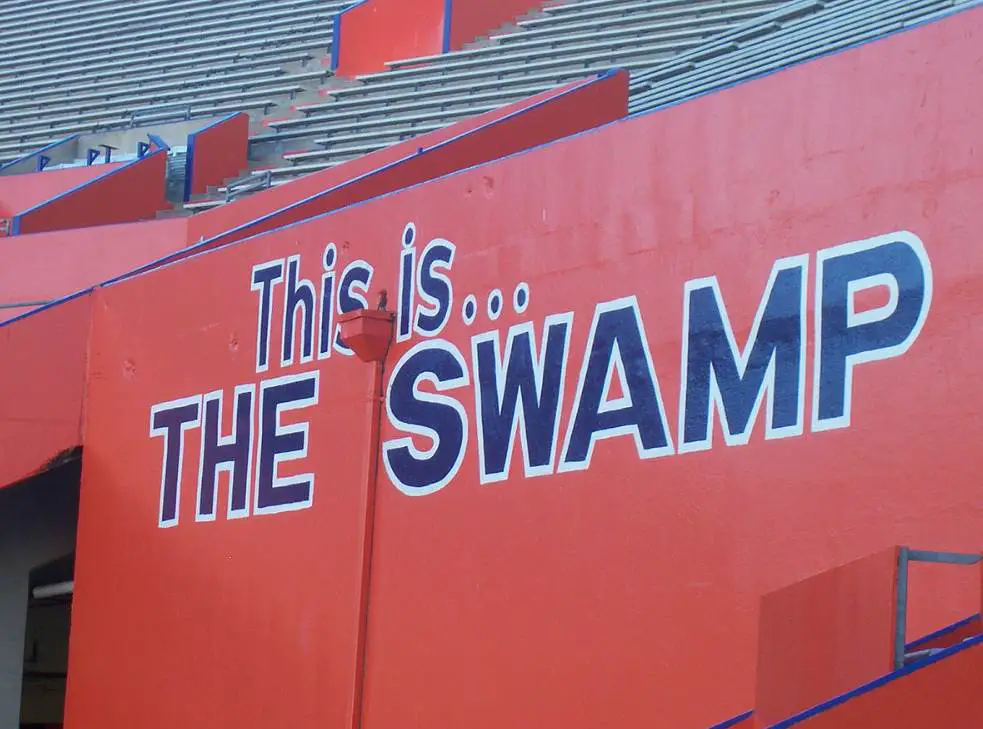
6. The stadium has been expanded several times throughout its history
The capacity of the stadium nearly doubled in 1940 when a second tier was added to the west stands. Bleachers were installed in the south end zone as well, an area that had remained open until then.
The east grandstand was doubled n size between 1965 and 1966, a project that raised the capacity of the stadium to 60,000 seats.
The south end zone was finally enclosed with a two-tier stand in 1982 and an upper deck of so-called “Sunshine seats was installed in 1991 which brought the capacity to over 85,000 seats for the first time.
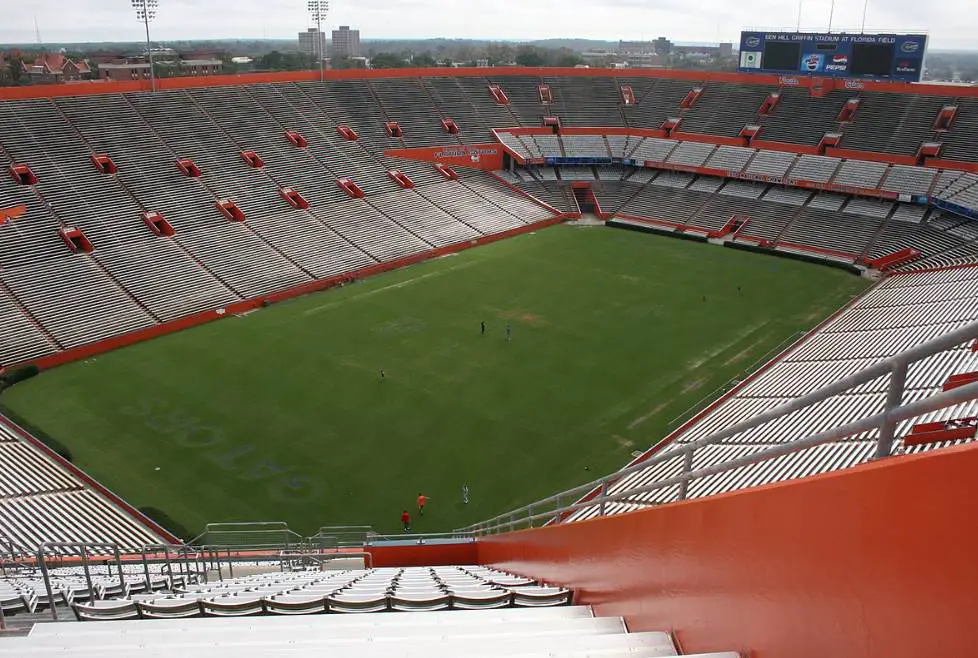
7. A project in 2003 turned it into the 18th-largest stadium in the world
The final expansion phase of the stadium was completed in the year 2003. During this project, Luxury boxes and additional club seats were added to both sides.
This brought the capacity of the stadium to 88,548 seats, a number that makes Ben Hill Griffin Stadium the 12th-largest stadium in the US and the 18th-largest in the world.
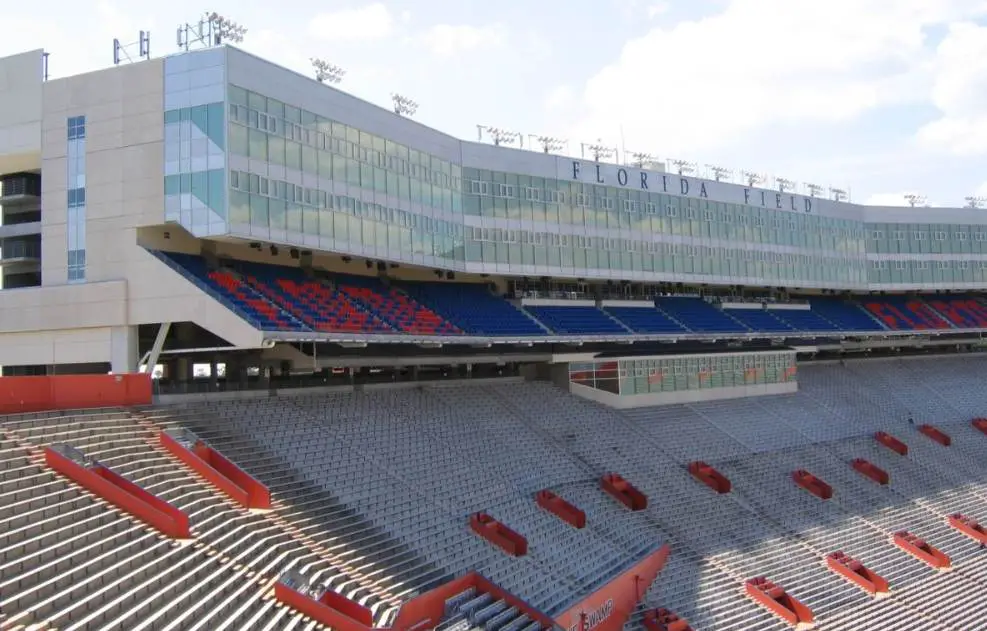
8. It was renamed in honor of a local businessman in 1989
The stadium was referred to as “Florida Field” until 1989. It was only renamed Ben Hill Griffin Stadium that year in honor of Ben Hill Griffin Jr. (1910-1990).
He was a local businessman who became very rich from citrus production. He was a major benefactor of the Univesity of Florida of which he was an alumnus.
The total donations of Griffin to the university and its athletics programs are estimated to have been over $20 million over the years.
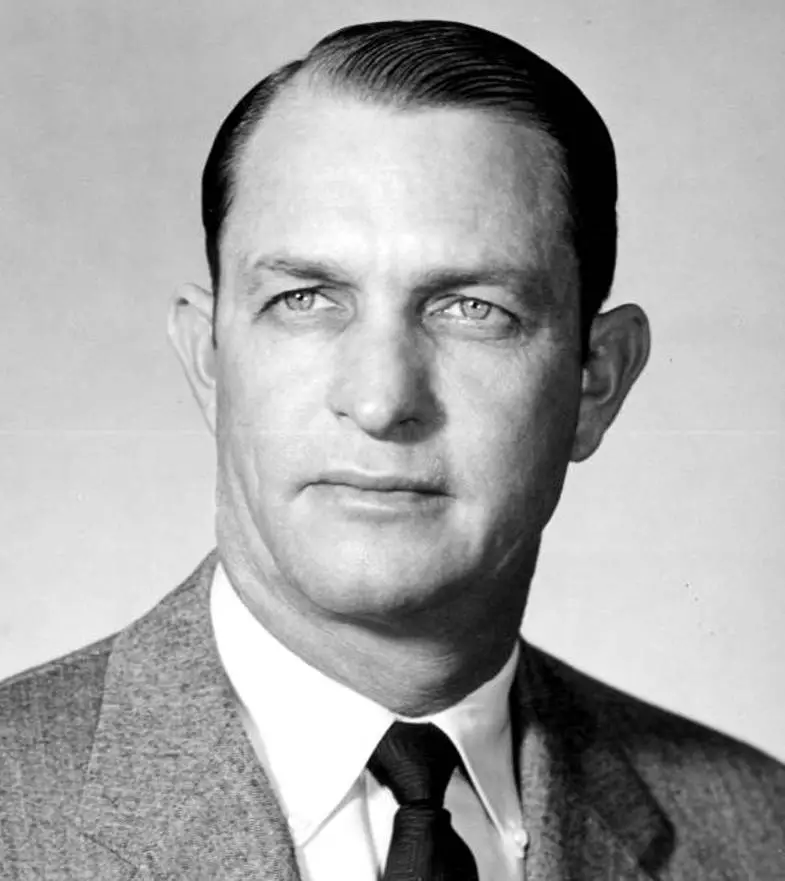
9. Several additions were made to the stadium after 2003
Although the capacity of the stadium hasn’t changed since 2003, several additions outside and inside of the stadium were made in the past decades.
The Heavener Football Complex near the southwestern corner of the stadium was opened in 2008 and cost $28 million to build.
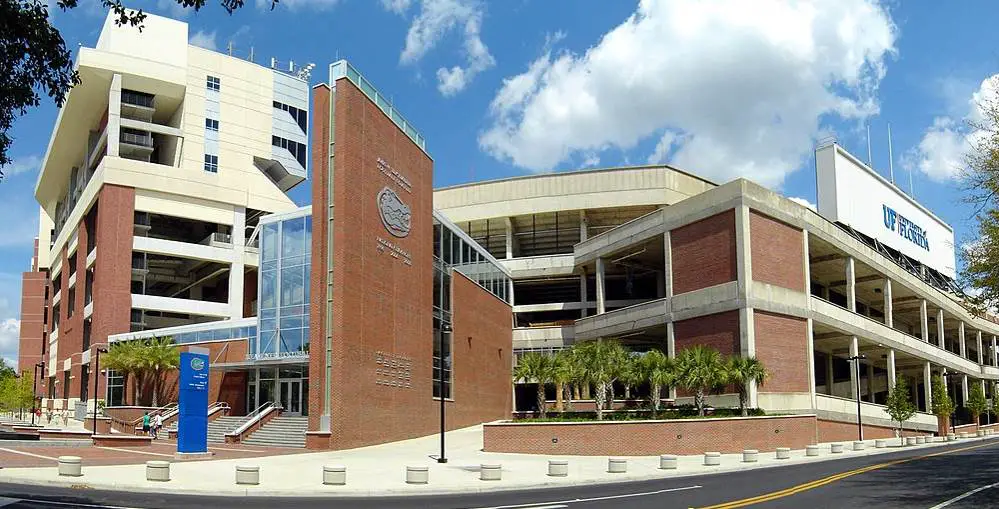
The buildings of the west stand, which dated back to the 1950s, were completely renovated in 2011.
An earlier project completed in 2008 saw the addition of two massive screens in both end zones. The screen in the north end zone measures 25 x 75 feet (7.6 x 22.9 meters) while the one in the north end zone has dimensions of 30 x 137 feet (9.1 × 41.8 meters).
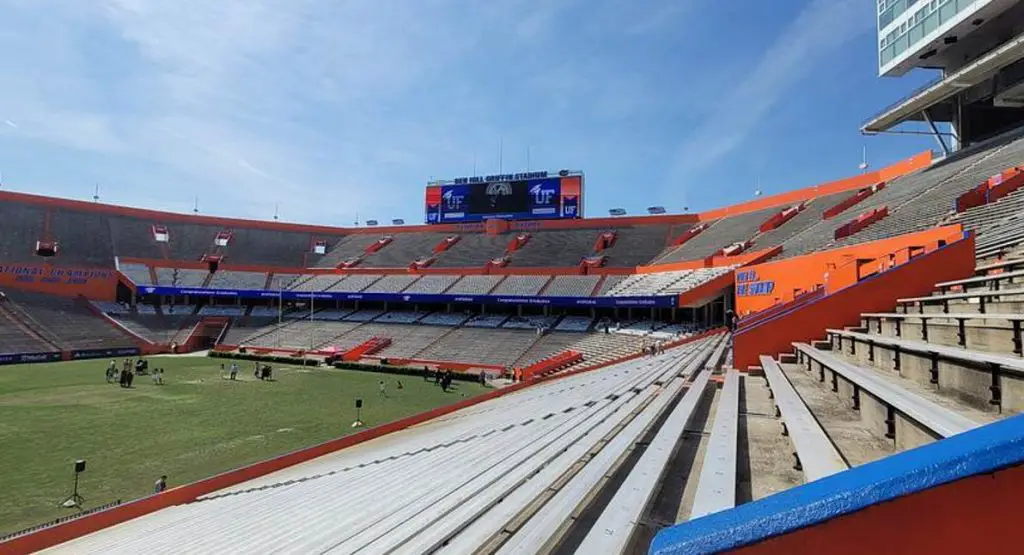
10. The Swamp is renowned for its imposing atmosphere during games
The Swamp is often referred to as one of the most imposing venues for visiting teams to play. The fans are loud and produce an amazing atmosphere during games.
It’s always near the tip list of best home advantages and that’s no surprise. The fans are very close to the playing field because of the fact that the stadium was constructed in a sinkhole.
The fact that the playing field is located well below ground level makes the temperature rise as well, resulting in swamp-like conditions.
